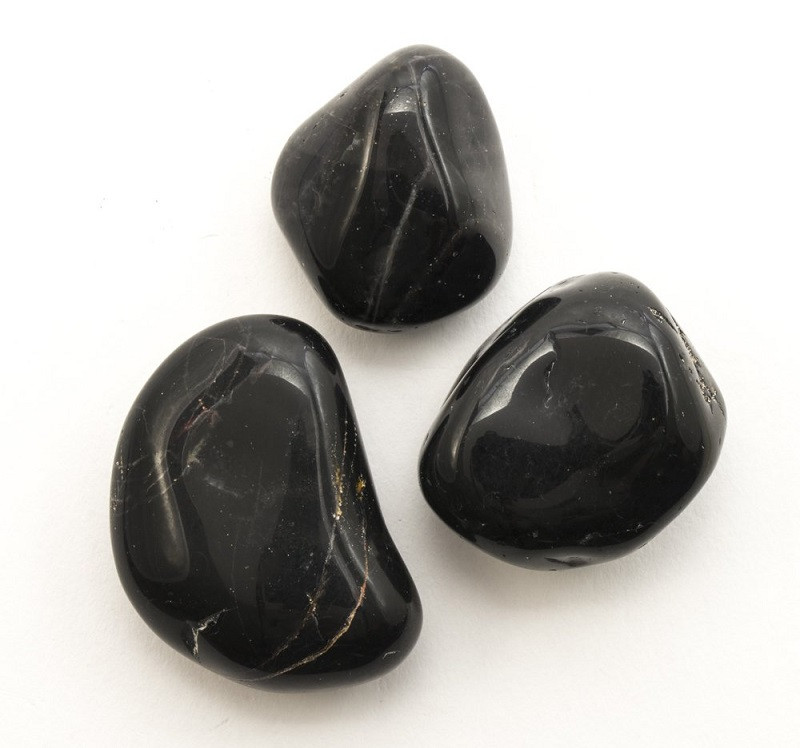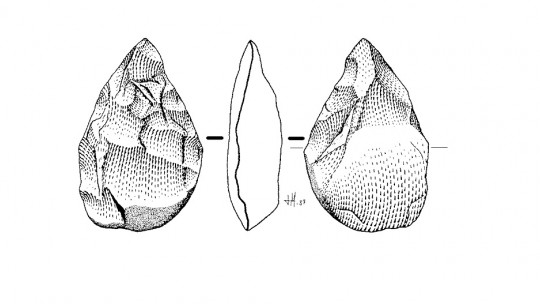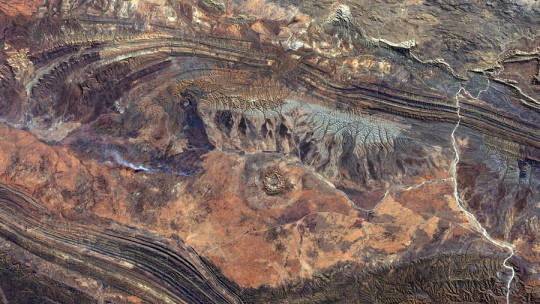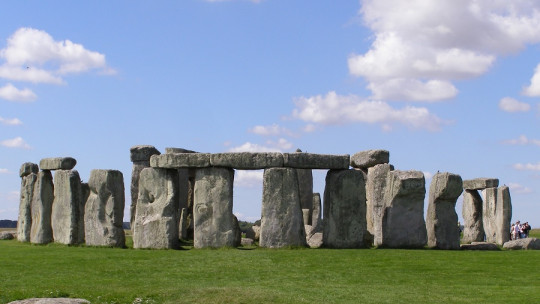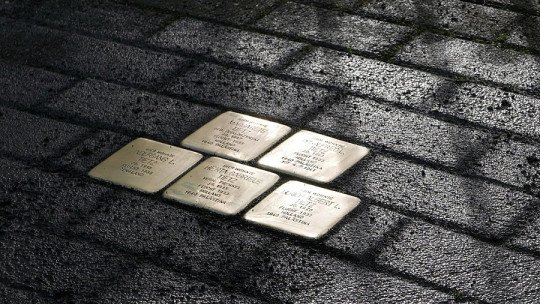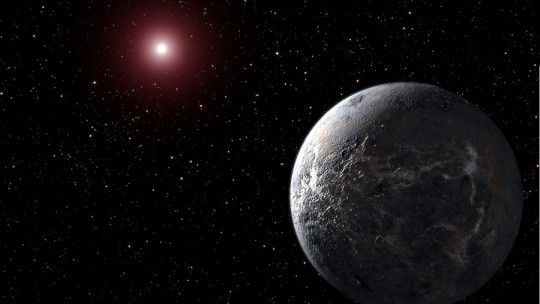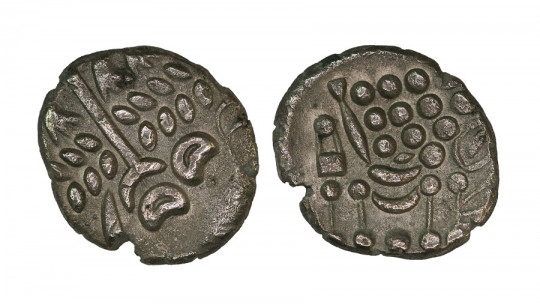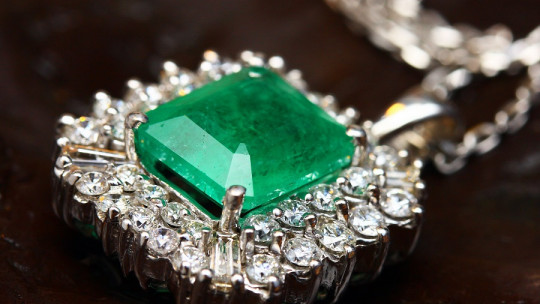
Rubies, sapphires, emeralds, diamonds, agates… there are many stones that decorate high-end jewelry and costume jewelry, associated with beauty, various meanings and even mystical powers.
There are many types of precious stones if any mineral that seems beautiful to us at first glance is considered as such, although in many cases they are actually semi-precious stones.
Next We will delve into the types of gemstones that exist what criteria are used to incorporate them into this group and we will also see other minerals of great beauty and hardness.
Characteristics of precious and semiprecious stones
Precious and semi-precious stones are highly coveted elements, especially in the world of jewelry. Due to their color, scarcity and beauty, precious stones They are highly coveted in different areas the main business being jewelry, although we can also see them in electronics, forming electronic devices, and also in alternative therapies, New Age movements and mystical beliefs.
Before finding out what the main precious stones are, it is worth clarifying that, although used interchangeably, the terms precious stone and gem are not the same We understand gems as a broader group of minerals and similar substances that can be divided into two large groups: precious stones and semi-precious stones. For a mineral to be classified as a precious or semi-precious stone, it must have the following properties.
1. Beauty
Precious and semiprecious gems They are because they have beauty, manifested in the form of unique colors, transparency or shine Sometimes, to turn a mineral into something beautiful, it is necessary to apply some type of chemical that highlights some of its physical properties, a fundamental aspect in the jewelry industry.
2. Durability
Durability has to do with the tenacity that the stone has, that is, how difficult it is to scratch it with another mineral or how resistant it is to shocks and pressure You can also check the resistance of the stone by applying chemicals to it and seeing how it resists over time.
Generally, the hardest stones, that is, those that are higher on the stone hardness scale, are considered precious stones, headed by the diamond.
3. Color
Color is considered, along with beauty, one of the fundamental characteristics for a gem to be considered precious or semi-precious. The most sought-after gems are usually those with beautiful colors, such as greens, reds and blues while the least coveted are white, transparent and black, except if they are diamonds, which are seen as the most beautiful gemstone by many people.
4. Shine or luster
Brilliance or luster is the physical property that refers to how the stone reflects light on its faces In gemology, luster includes reflection, refraction, dispersion and faceting of light that falls on the stone.
The easier it is for light to pass through the glass, the stone is considered to be of better quality, while the more opaque the mineral is, the less value it will have. The brightest stones are those considered gemstones.
5. Rarity or scarcity
The rarer a mineral is, the more price it will have in the jewelry market. This shortage may be due both to the scarcity of the mineral on the face of the earth and to the difficulty of obtaining it
The main types of gemstones
There are different ways of classifying precious and semi-precious stones, mostly of mineral origin, although there are also those that come from living beings, as is the case of amber and pearls. Here we will focus on the two large categories into which we can divide them.
Varieties of gemstones
It may surprise you, but there are really only four types of pure gemstones: the diamond, the ruby, the sapphire and the emerald. A few decades ago, amethyst was also included in this classification as a precious stone, but when enormous deposits of this mineral were discovered in Brazil, its price decreased as it was no longer so rare and it became considered a semi-precious stone.
1. Diamond
The diamond It is the hardest known natural substance on planet Earth, with a value of 10 on the Mohs scale a striking property but not the only one that makes it stand out from other stones, since this mineral also has the peculiarity of being made of a single element: carbon.
Although we generally think of diamonds as transparent, white stones, the truth is that they can come in a wide spectrum of colors. Colored diamonds are called “fantasies,” with blue and pink ones being the rarest, while yellow and brown ones are the most common.
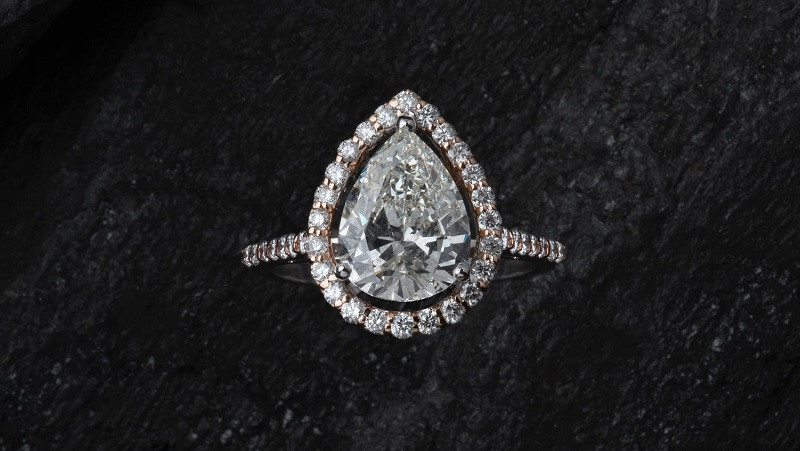
2. Ruby
The name ruby comes from the Latin “ruber”, which means red, alluding to its main physical characteristic. Its red color is intense and shiny due to the metals that make up this mineral, iron and chromium
Rubies belong to the corundum family along with sapphire, and have a hardness of 9 on the Mohs scale, making it the second hardest gemstone.
Normally, when extracted from nature, this mineral has a rough and unattractive appearance, but once it is worked on it becomes a highly sought-after gem in the jewelry market, adopting a radiant reddish tone.
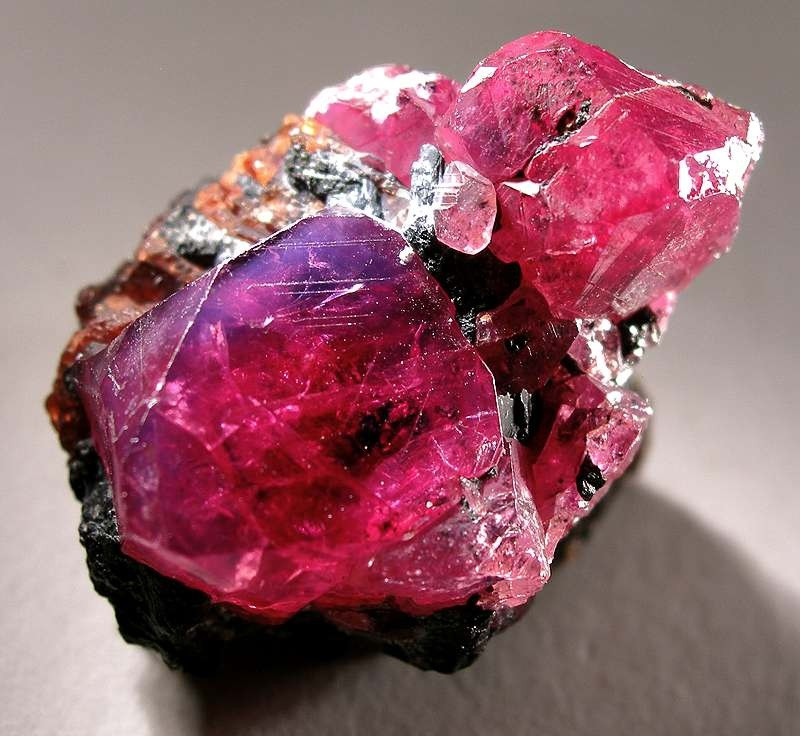
3. Blue sapphire
Blue sapphire belongs to the corundum family, like ruby and, in fact, they could be considered rubies, only with blue tones While it is true that there are sapphires of other shades, blue ones are the most coveted for their unique beauty and rarity.
Any corundum of a different color than red is called sapphire, which is why blue ones are accompanied by the adjective “blue” to distinguish them from the others, which can be orange, pink, gray, black, brown, purple and green. . Blue sapphire has the same hardness on the Mohs scale as ruby, 9.
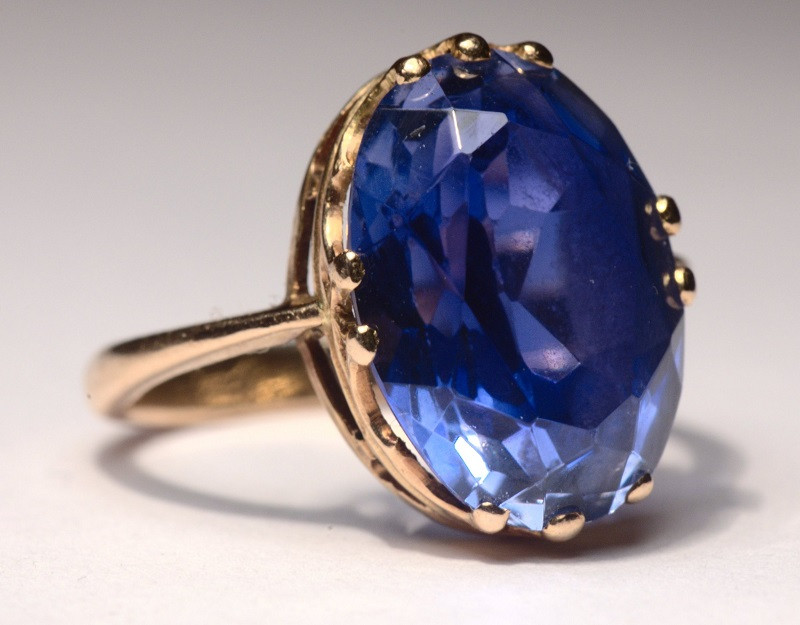
4. Emerald
The name of the emerald comes from the Greek “smaragdos” which is believed to be a linguistic loanword taken from some Semitic language in which that word must have literally meant “green stone”, alluding to its striking color. This mineral belongs to the beryllium family and has a hardness of 8 on the Mohs scale.
Emeralds have always been highly valued because, Despite there being other green stones, this one stands out for being a very crystalline mineral Although other green crystalline stones are known today, none stand out as much as the emerald does, with unparalleled colors and transparency.
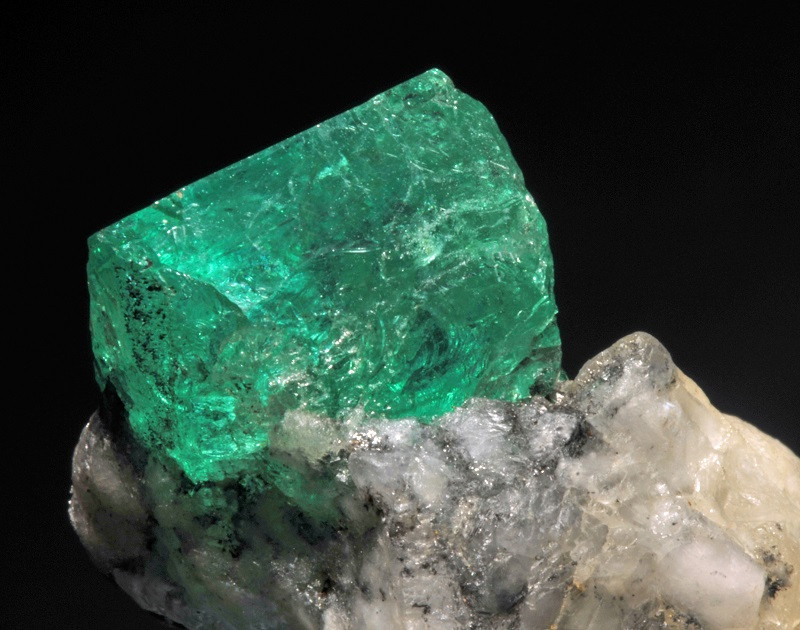
Varieties of semiprecious stones
Semiprecious stones are minerals, organic stones and mineraloids that They have some characteristics that make them beautiful, but not as beautiful as precious stones Furthermore, although they are rare substances, they occur in greater quantities in nature than diamonds, rubies, sapphires and emeralds.
The prices of semi-precious stones are very different, oscillating according to various conditions such as hardness, rarity and beauty. There are approximately 130 mineral species classified as semiprecious, in addition to amber and pearls, which, as we have said, are of organic origin. The most used in jewelry are the following.
1. Amethyst
As we have said before, the amethyst It was considered a precious stone some time ago but after a significant amount of this mineral was discovered in mines in Brazil, it became a more common stone, causing it to become part of the semi-precious stones.
But although it has lost value, it is still the most sought-after variety of quartz in the jewelry market due to its violet-lilac color, highly valued as a gem. It can also be yellow or even transparent, depending on the amount of iron it contains. Its hardness on the Mohs scale is 7.
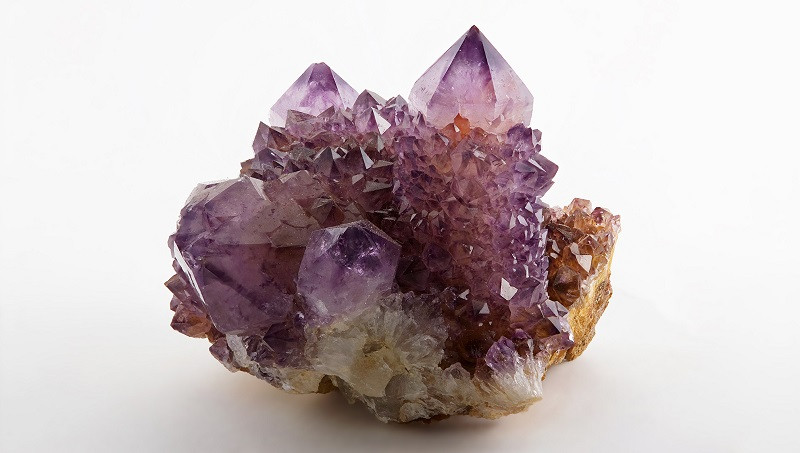
2. Agate
Agate is a variety of chalcedony, which can have various shades and colors, as well as being transparent, semi-transparent or opaque. Its physical characteristics are determined by the formation of silica microcrystals Its name comes from the Greek “Achates”, the name given to the Sicilian river Dirillo in Hellenistic antiquity and has a hardness of 7 on the Mohs scale.
That its name is related to a river is no coincidence, since agates are formed by the action of underground waters that, when found near silicon saturations, fill rock cavities with that substance, as well as with shells and bones. It is through this process that agates are formed with concentric bands, similar to the rings of tree trunks.
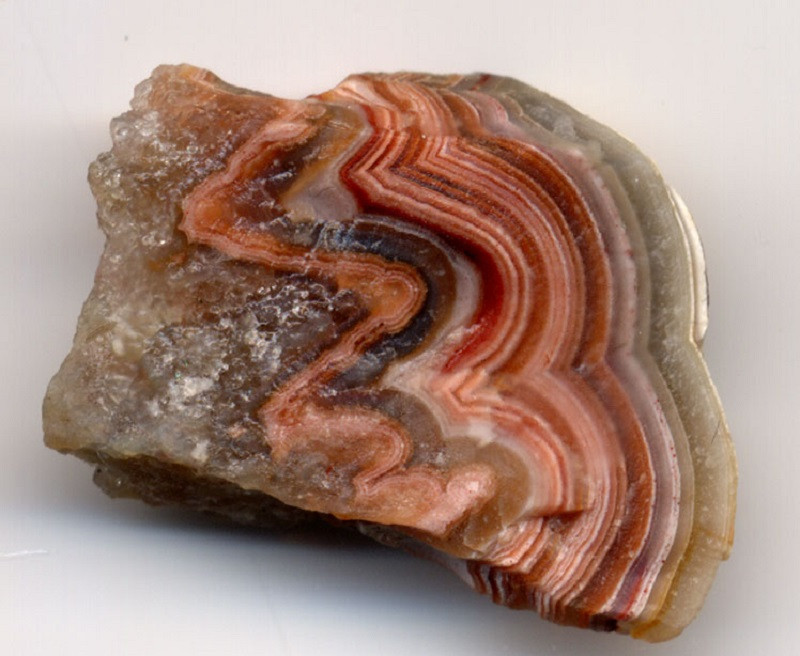
3. Aquamarine
The aquamarine It belongs to the beryl family, like the emerald, and could be considered a variant of that gemstone only with a pale greenish-blue tone Its name is because it is reminiscent of the color and brightness of sea water. It has a hardness of 8 on the Mohs scale.
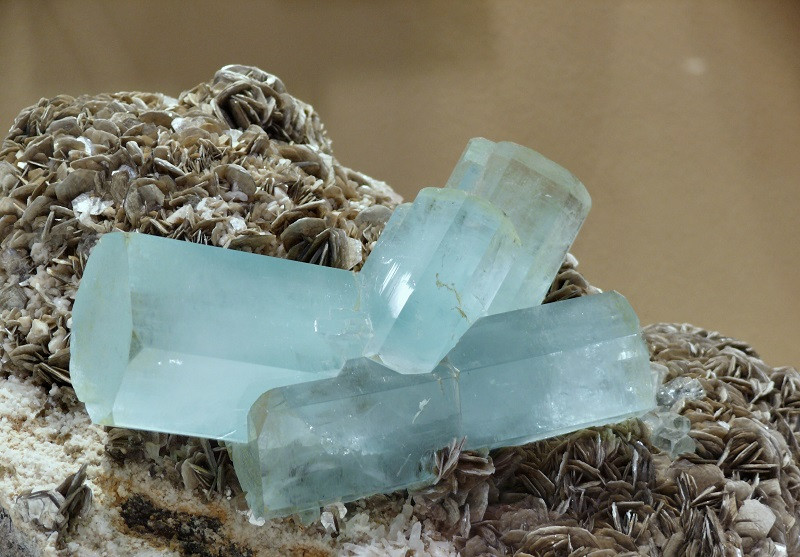
4. Alexandrite
Alexandrite is a very rare variety of chrysoberyl with a soft green or greenish-yellow color. The most relevant property of this semiprecious mineral is its ability to change shades and color when different beams of light fall on it going from green to red.
This stone was discovered in the time of Tsar Alexander II, which is why it is called that and also becoming a kind of patriotic symbol because this mineral has the same colors as the flag of Imperial Russia. Its hardness on the Mohs scale is 8.
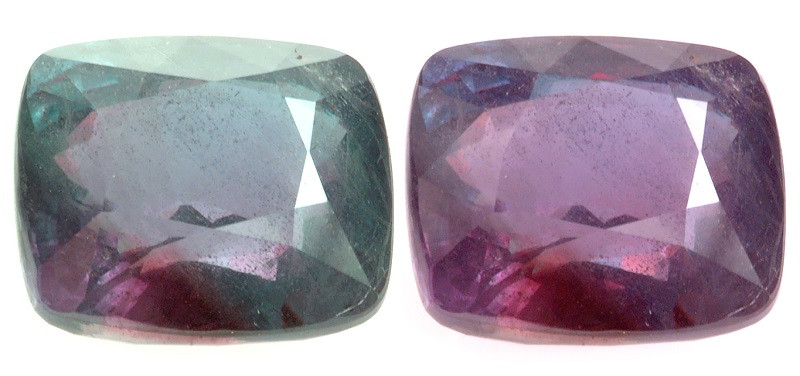
5. Amber
Amber or succino is a stone of organic origin. Its most common name comes from Arabic and means “what floats in the sea” since, in effect, amber floats in seawater. Its most common color is yellow, although there are also orange and reddish ones
It is formed from fossilized plant resin, coming from conifers such as pine, which has hardened over time. Some very valuable pieces of amber can be sixty million years old or more, but no matter how old they are, they are usually quite soft minerals, with a hardness of 2.5 on the Mohs scale.
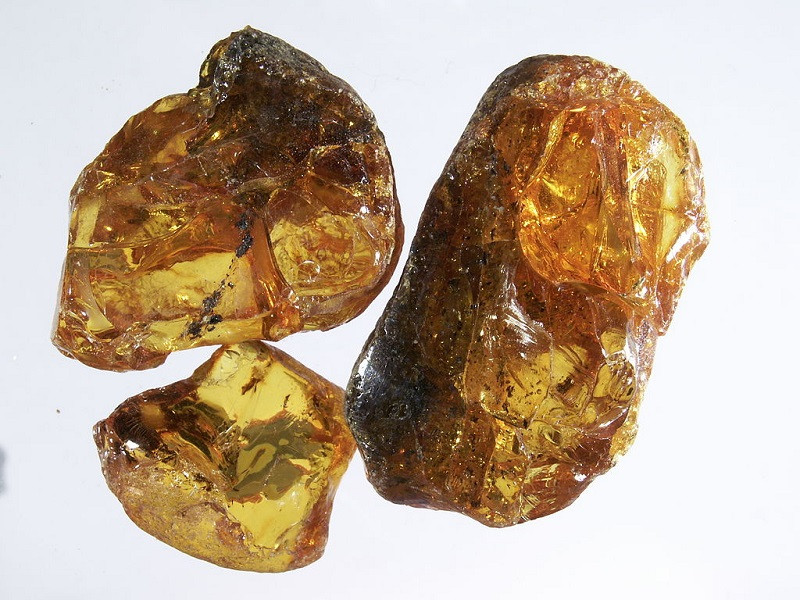
6. Aventurine
Also called aventurite quartz, aventurine has various shades of green although it can appear with reddish, brown and yellow tones due to the inclusions of other minerals. Its most appreciated visual characteristic, in addition to color, is its internal twinkling when light falls on it It has a hardness of 7 on the Mohs scale.
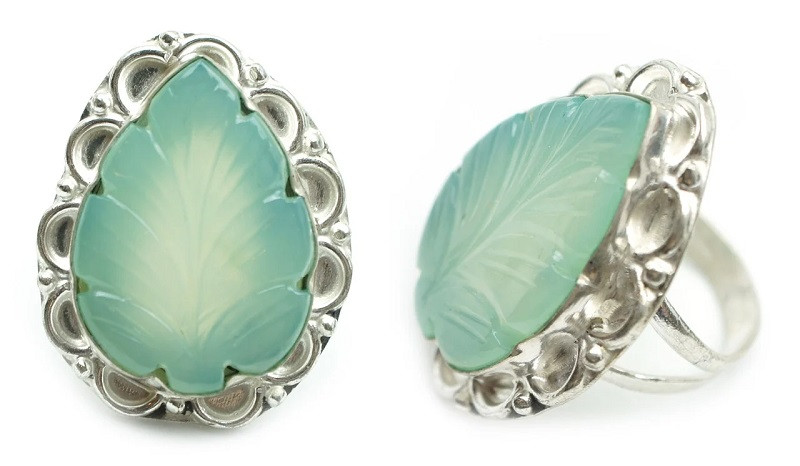
7. Quartz
Quartz, also called rock crystal, has the main properties of its transparency and low cost being a mineral widely used in both fine jewelry and jewelry.
It is formed from the slow crystallization of residual magmas and has a hardness of 7 on the Mohs scale.
8. Smoky quartz
Smoky or fumé quartz is a silica compound that It has various shades of brown, from light to very dark, having a hardness of 7 on the Mohs scale. It has a special brown variety called morion.
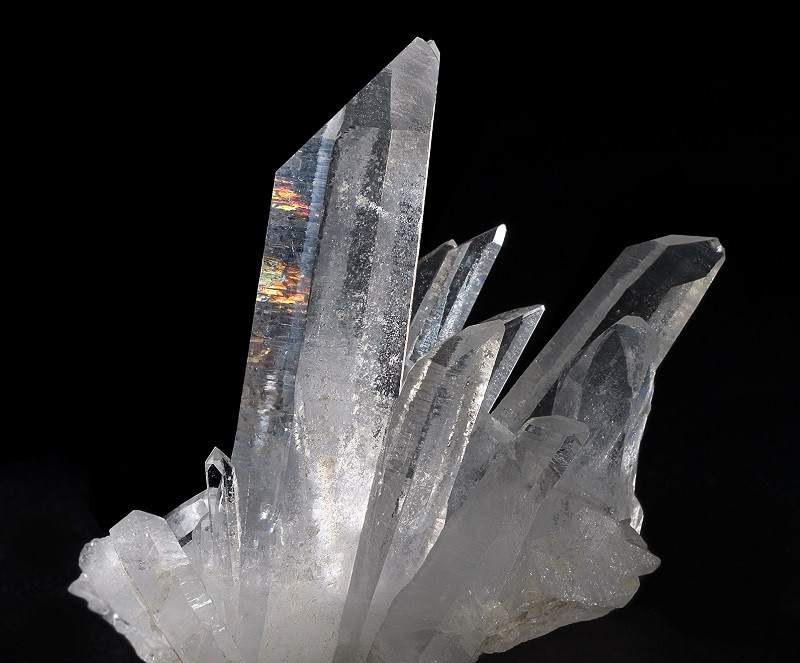
9. Peridot
Peridot or olivine, once known as the gem of the sun, is composed of magnesium, iron and silicone. Its most appreciated color is olive green, although it is also found in other colors such as yellow, pistachio green and brown It has a very intense shine, is frequently found in volcanic rocks and has a hardness of 6.5 on the Mohs scale.
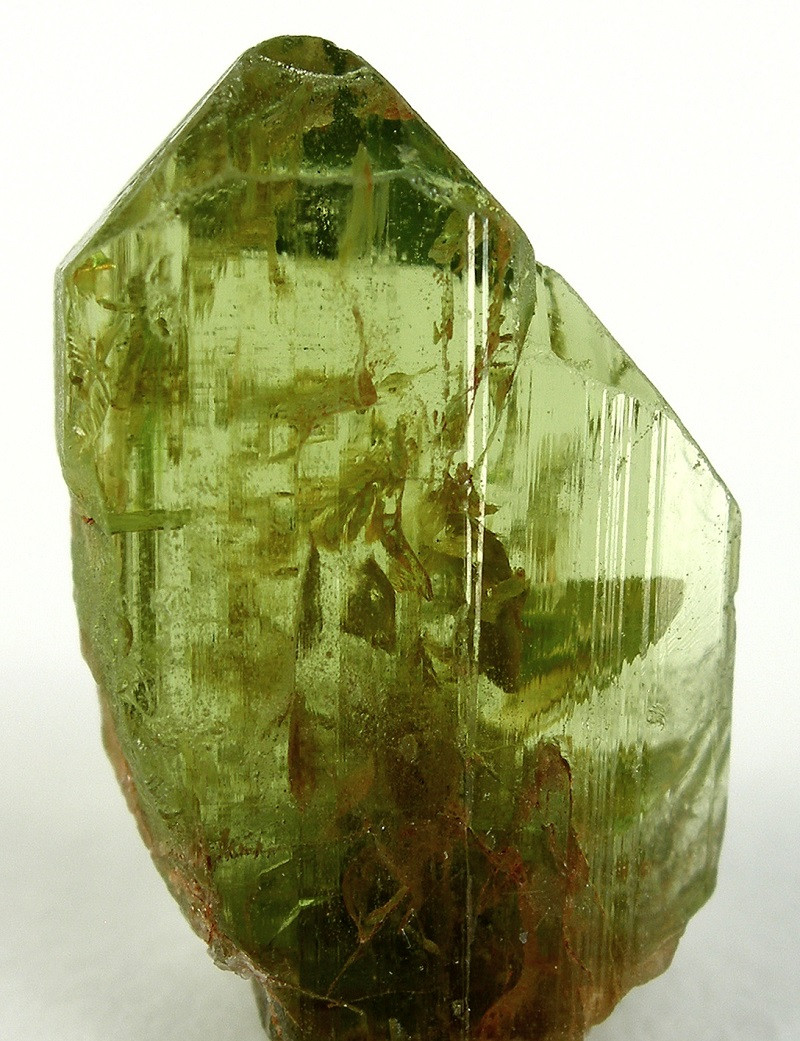
10. Garnet
Garnet has a dark reddish color, although it also It can present orange, green, yellow and black tones It is a mineral belonging to the family of aluminum silicates combined with iron and magnesium oxide, which are what give it this reddish garnet color.
Its cost is quite low because it is found in large proportions in nature, being a substitute for ruby because it has a similar color but is much cheaper. Its hardness is 7.5 on the Mohs scale.
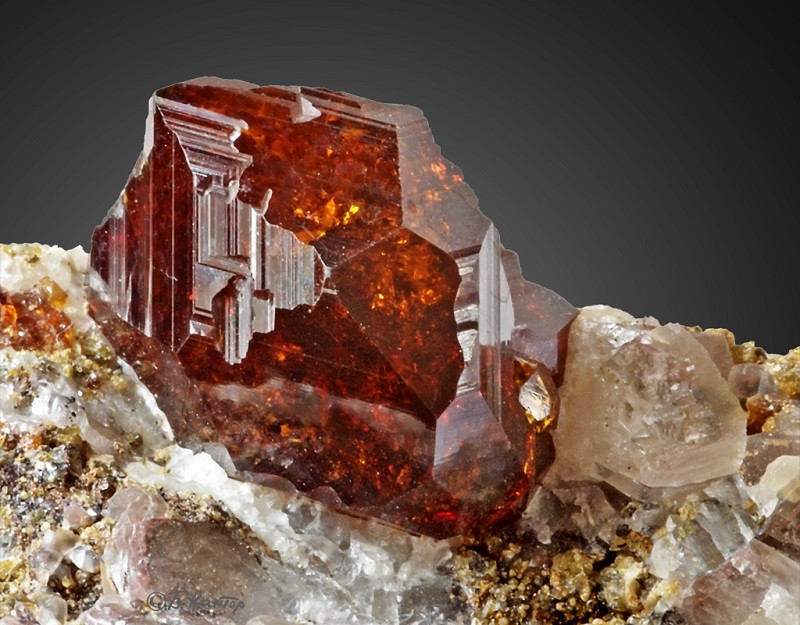
11. Topaz
Topaz is a semi-precious stone widely used in jewelry, both for its beauty and for its hardness of 8 on the Mohs scale. We find it in blue, yellow, pink, smoky and The rarest and most sought-after variety is the imperial topaz, orange-yellow and reddish in color
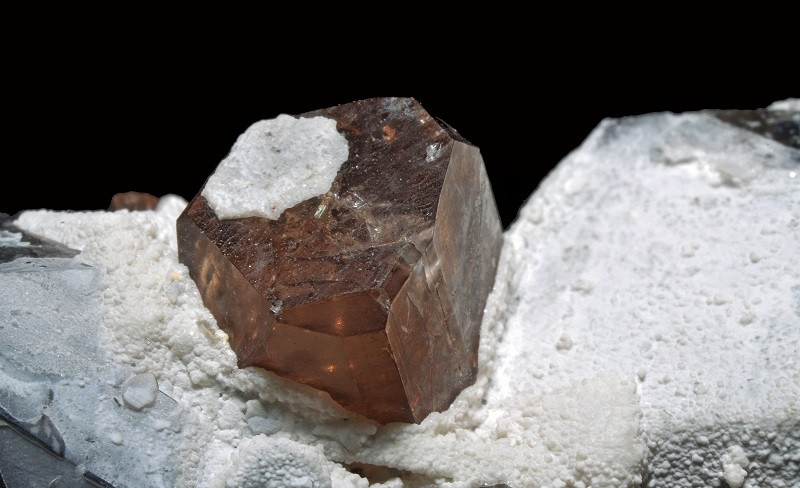
12. Turquoise
Turquoise is a blue-green stone that is formed by alumina phosphate with a mixture of copper and iron.
Its name refers to the fact that it comes from Turkey, although in reality the Turks simply acted as intermediaries between Asia and the Middle East, where this mineral was extracted, with the West, where it arrived. It is a stone with the peculiarity of being porous, so it needs certain care It has a hardness of 5.5 on the Mohs scale.
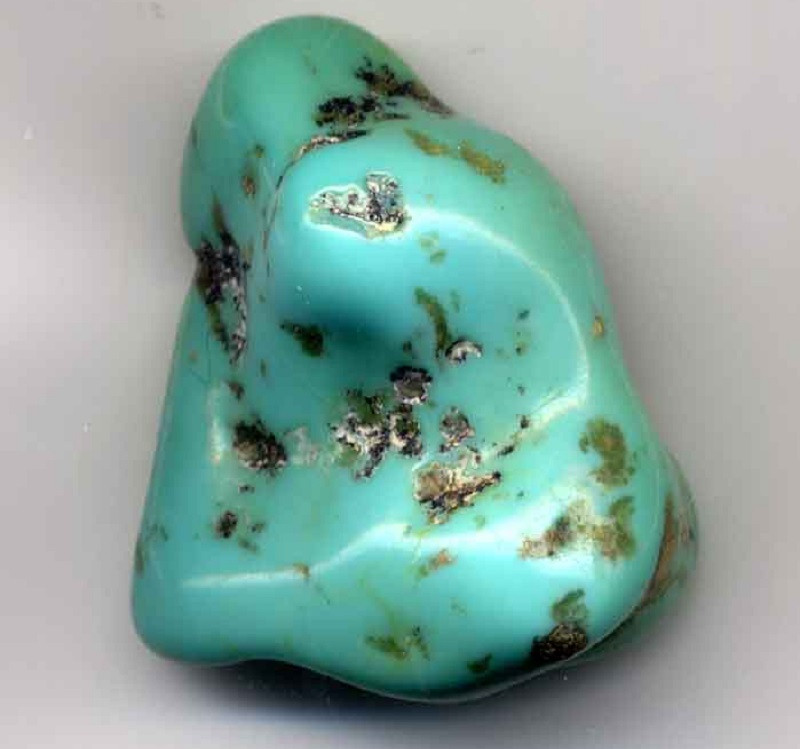
13. Jasper
Jasper is a mineral belonging to the quartz or chalcedony family, but it is mixed with iron oxide. Is about an opaque stone that we can find in different colors such as dark green, yellow or brown, the most valuable being red or blood jasper It has a hardness of 6.5 on the Mohs scale.
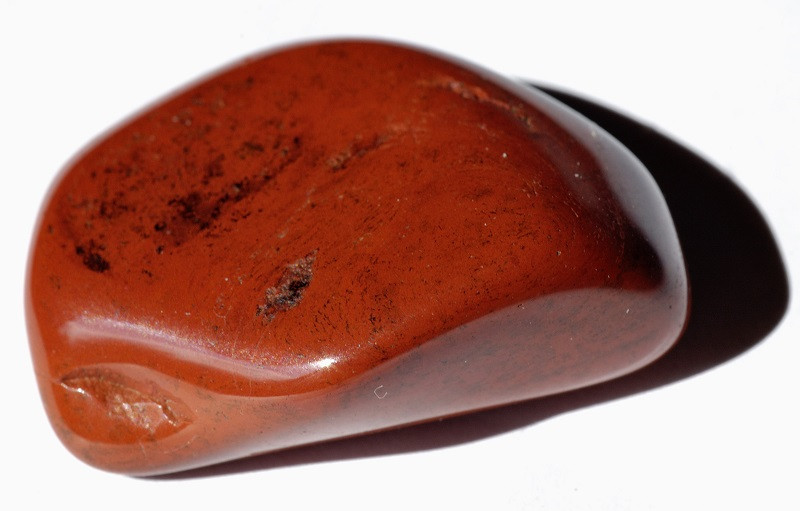
14. Opal
Opal is a very rare variety of quartz, which It can be opaque or translucent and come in different colors such as white, gray, blue, black or orange It has the property of having a play of colors inside, an effect that is due to the diffraction of light that passes through its silicon microparticles, which project pure spectral colors. It has a hardness of 6 on the Mohs scale.
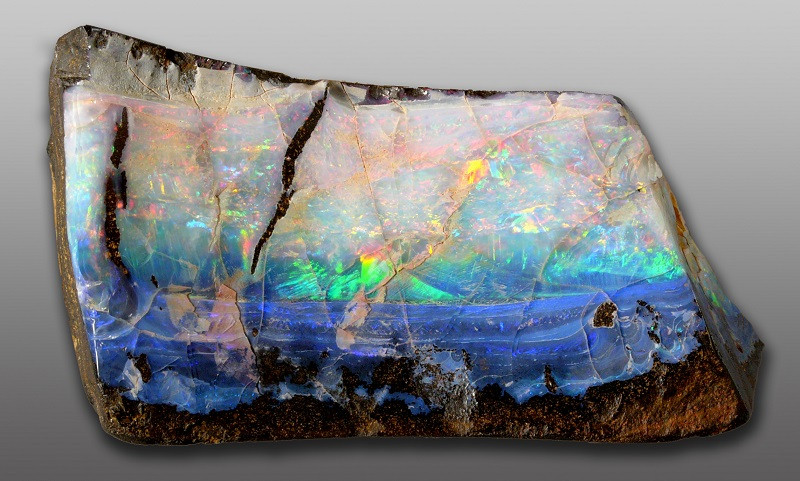
15. Lapis lazuli
Lapis lazuli is part of the silicates, mixed with sulfate of lime and soda with small incrustations of pyrite and iron. It is a mineral with a very intense blue color, used to make necklaces and bracelets
In the past, it was a highly valued mineral and until the 19th century it was used as a pigment to obtain the blue color in oil paint. It has a hardness of 5.5 on the Mohs scale.
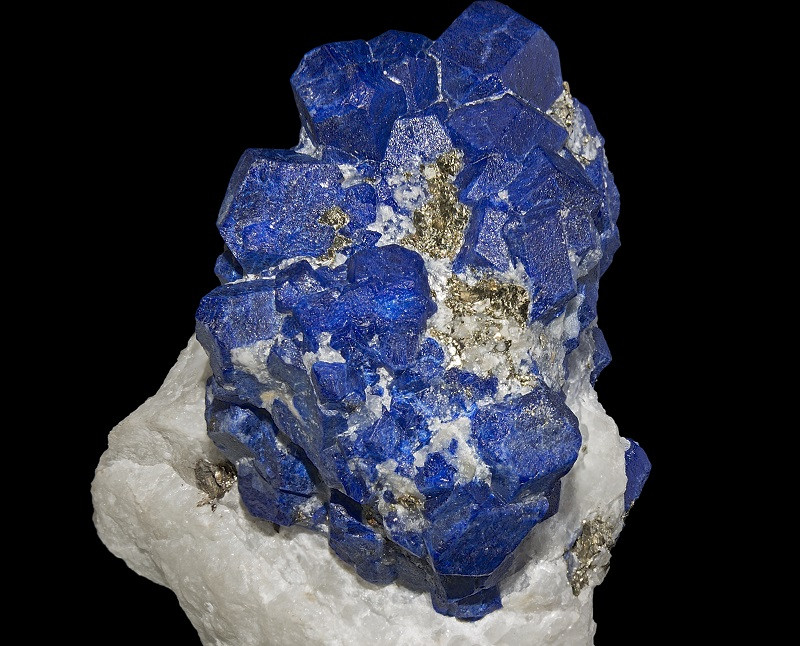
16. Onyx
Onyx is an opaque variety of agate, made up of striped quartz. It presents dark and black colors, although there are also light and reddish tones The varieties of this mineral that are not black are known as sardonyxes. Its name comes from the Greek “onyx” which means “nail”, a name associated with the Greek myth that when Cupid cut Venus’s nails while he was sleeping, they fell to the earth in the form of this mineral. It has a hardness of 7 on the Mohs scale.
